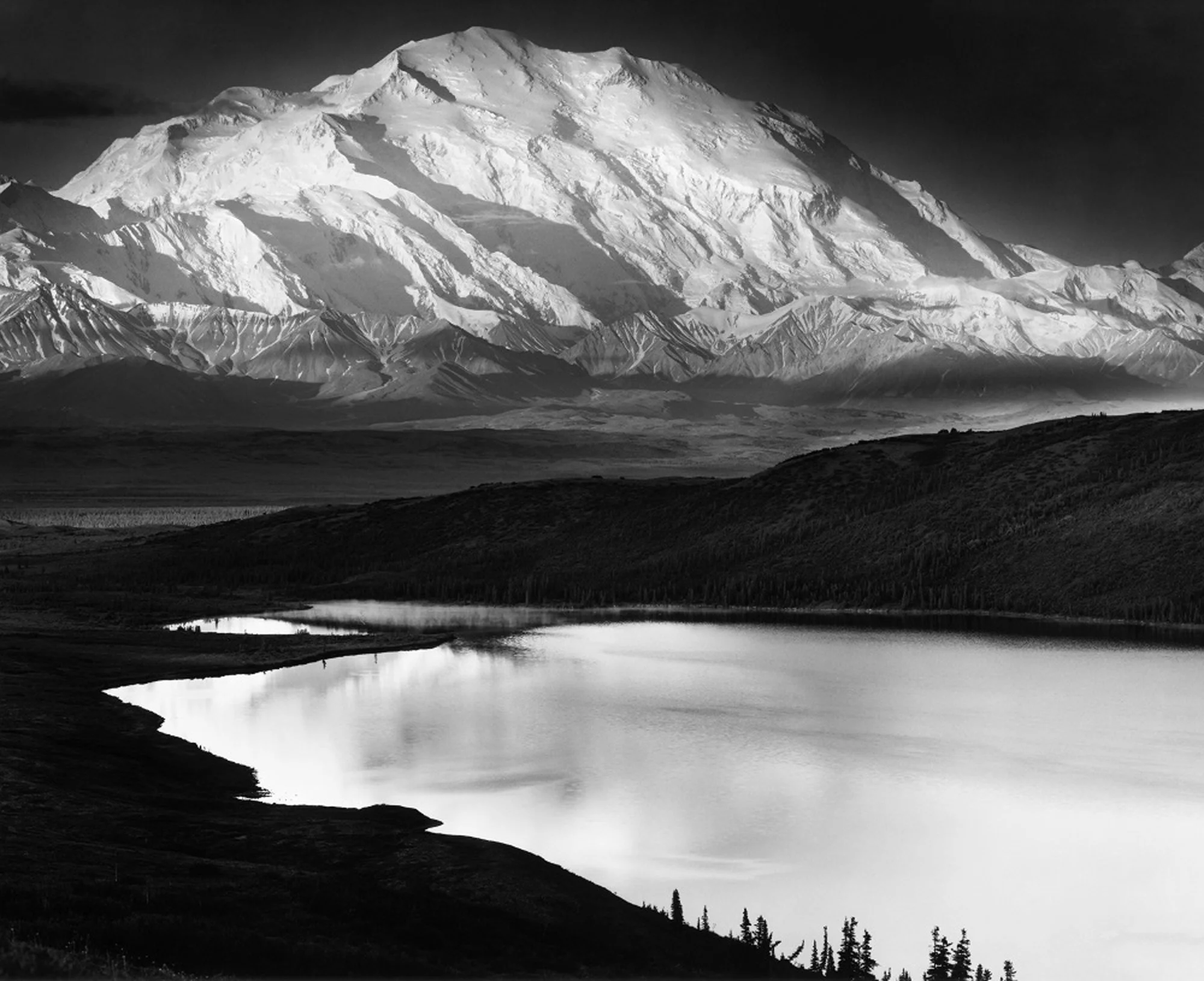Ansel Adams: Master of the Monochrome Landscape
“Clearing Winter Storm, Yosemite National Park,” by Ansel Adams, about 1937.Credit...The Ansel Adams Publishing Rights Trust, via Museum of Fine Arts, Boston
When the topic of iconic photographers arises, Ansel Adams inevitably commands the conversation. His name is synonymous with breathtaking black-and-white landscapes, precise technical mastery, and an unwavering dedication to the natural world. For photography enthusiasts and aspiring photographers alike, Adams's work offers a masterclass in the art of capturing the grandeur of nature through the lens of a camera.
The Man Behind the Lens
Ansel Easton Adams was born on February 20, 1902, in San Francisco. His early years were marked by a deep connection to nature and a budding interest in photography, both of which would come to define his career. Adams’s fascination with the natural world was nurtured by frequent family trips to the Sierra Nevada mountains, particularly to the Yosemite National Park. It was this love for nature that became the cornerstone of his photographic oeuvre.
The Art of Black-and-White Photography
Adams is perhaps best known for his mastery of black-and-white photography. At a time when color photography was gaining popularity, Adams remained steadfast in his commitment to monochrome. For him, black-and-white was not merely a stylistic choice but a deliberate decision to focus on the interplay of light, shadow, and texture without the distraction of color.
Ansel Adams (1902-1984) | Moonrise, Hernandez, NM, 1941
His photographs are characterized by their rich tonal range, from deep blacks to crisp whites, and their meticulous attention to detail. Adams developed the “Zone System,” a method that allows photographers to achieve precise control over exposure and development. This system, which divides the tonal range of an image into eleven zones, revolutionized how photographers approached the technical aspects of their craft.
Iconic Landscapes and the Yosemite Legacy
Adams’s most celebrated works often feature the majestic landscapes of the American West, particularly Yosemite National Park. His photographs, such as “Moonrise, Hernandez, New Mexico” and “Clearing Winter Storm,” are not merely representations of natural beauty but also reflections of his profound emotional response to the scenes he captured.
Mount McKinley and Wonder Lake, Denali National Park, Alaska, 1947.
The iconic image “Moonrise, Hernandez, New Mexico,” taken in 1941, exemplifies Adams’s ability to blend technical prowess with artistic vision. The photograph captures a dramatic moonrise over a small village with snow-capped mountains in the background. The meticulous planning and precise execution behind this shot are a testament to Adams’s commitment to his craft.
Environmental Advocacy Through Photography
Beyond his artistic contributions, Adams was a passionate advocate for the conservation of natural landscapes. His photographs played a significant role in raising awareness about environmental issues and promoting the preservation of national parks. Adams’s work with organizations like the Sierra Club helped galvanize public support for conservation efforts and solidified his legacy as a champion of the natural world.
Learning from Adams’s Techniques
For contemporary photographers, Adams’s techniques offer valuable lessons in both technical skill and artistic vision:
1. Master the Fundamentals: Adams’s meticulous approach to exposure and development underscores the importance of mastering the technical aspects of photography. Understanding your camera’s capabilities and how to manipulate them is crucial for capturing the full range of tonal detail in your images.
beckner 2021.
2. Embrace the Environment: Like Adams, take the time to truly connect with your environment. Spend time observing the light, the landscape, and the nuances of the scene before raising your camera. This connection often results in more profound and impactful images.
beckner 2021.
3. Composition and Patience: Adams’s work demonstrates the value of patience and careful composition. Don’t rush the process; instead, wait for the right moment and the right light to capture the essence of your subject.
beckner 2021.
4. Artistic Vision: While technical proficiency is essential, it’s equally important to cultivate your artistic vision. Adams’s photographs are as much about his personal response to nature as they are about technical excellence.
beckner 2021.
Legacy and Influence
Ansel Adams passed away on April 22, 1984, but his influence continues to resonate within the photography community and beyond. His dedication to capturing the sublime beauty of the natural world and his innovative approach to photographic technique have inspired countless photographers to pursue their own creative endeavors with a newfound sense of purpose.
Adams’s legacy lives on through his extensive body of work, his contributions to environmental advocacy, and the ongoing relevance of his techniques. For photography fans, his life and work offer a profound reminder of the power of vision, skill, and dedication in creating images that endure and inspire.
In exploring Ansel Adams’s work, we not only gain insight into the mastery of black-and-white photography but also learn about the enduring power of capturing the world’s natural beauty through the lens of a visionary artist.








